Art Center K (아트센터 K)
1.8Km 2022-09-08
101, Dongsung-gil, Jongno-gu, Seoul
Art Center K (formerly Wonder Space) opened in February 2012, offers art programs in Daehangno, a neighborhood of youth, romance and culture. It also supports artists through creative activities, exchanges, and trainings, while serving as a performing art hall where people can participate in artistic and creative activities.
Art Center K's three theaters feature unique stages and audience spaces: Donggeurami (Circular) Theater, Semo (Triangle) Theater, and Nemo (Square) Theater. One stage hosts fun and educational open-run performances for children, while the other two theaters offer popular plays, musicals, concerts, and other cultural events.
Daetongnyeong (대통령)
1.8Km 2021-03-27
12-1, Daehak-ro 14-gil, Jongno-gu, Seoul
+82-2-766-4405
A store specializing in Samgyeopsal aged in bamboo cans. The best menu at this restaurant is grilled pork belly. This Korean dishes restaurant is located in Jongno-gu, Seoul.
Seoul Namsan Gugakdang (서울 남산국악당)
1.8Km 2021-08-02
28, Toegye-ro 34-gil, Jung-gu, Seoul
+82-2-2261-0500
Seoul Namsan Gukakdang was established by Seoul Metropolitan Government as a representative traditional art-centered performance hall in 2007. It is comprised of one ground and two basement levels. The performance hall is located on the basement floor with 300 seats, equipped with facilities that deliver pansori sounds and gayageum music to every seat. Visitors can make a reservation at the Namsangol Hanok Village website.
Jeju Heukdwaeji Sundaegukbap (제주흑돼지순대국밥)
1.8Km 2021-03-18
113, Dongsung-gil, Jongno-gu, Seoul
+82-2-741-9504
This is a Korean cuisine located in Daehak-ro, Seoul. Sundaeguk (Korean sausage soup) is a Korean traditional soup with sundae (Korean pork sausage). The best menu at this restaurant is blood sausage and rice soup.
Tonymoly - Namdaemun Branch [Tax Refund Shop] (토니모리 남대문점)
1.8Km 2024-04-22
12, Namdaemunsijang-gil, Jung-gu, Seoul
-
Honam Sikdang (호남식당)
1.8Km 2024-03-15
18-6, Namdaemunsijang-gil, Jung-gu, Seoul
+82-2-775-5033
Honam Sikdang is a specialty restaurant for galchi jorim (braised cutlassfish) located in Namdaemun Market. Its signature dish is the spicy and flavorful galchi jorim, known for its robust broth. Another popular dish is the deeply seasoned godeungeo jorim (braised mackerel), which is boiled until the seasoning is well absorbed. A highlight of dining here is the crispy deep-fried cutlassfish served upon ordering. Its cozy atmosphere attracts many visitors seeking a hearty meal.
Jaws Basket (조스바스켓)
1.8Km 2021-03-24
86, Dongsung-gil, Jongno-gu, Seoul
+82-2-744-0701
You can enjoy brunch in the spacious space and on the outdoor terrace. This restaurant's signature menu is spaghetti. This cafe is located in Jongno-gu, Seoul.
Pizzeria O Main Branch (핏제리아오 대학로 본점)
1.8Km 2023-12-22
86 Dongsung-gil, Jongno-gu, Seoul
A restaurant in Daehak-ro that recreates the original taste of pizza from Naples, Italy, the home of pizza. All classic pizzas, starting with the Margherita Bufala Pizza, are baked in a wood-fired oven. Pasta and salads are also made personally by the chef, so customer satisfaction is guaranteed. The chef of this branch had won first place at the 2019 World Pizza Championship in Rome. He gained public attention by appearing in various variety shows, such as “Kang's Kitchen Season 3 (2019)” and “Running Man (2010-),” which made him more recognized by the public. Pizzeria O’s pizza dough is characterized by chewy yet light texture.
Thimbloom - Gyeongbokgung Branch (No. 2) [Tax Refund Shop] (팀블룸2호점 경복궁)
1.8Km 2024-04-18
1F, BF (Nuha-dong), 46, Pirundae-ro, Jongno-gu, Seoul
-
Olive Young - CJ CheilJedang Center Branch [Tax Refund Shop] (올리브영 제일제당센터)
1.8Km 2024-04-22
330, Dongho-ro, Jung-gu, Seoul
-
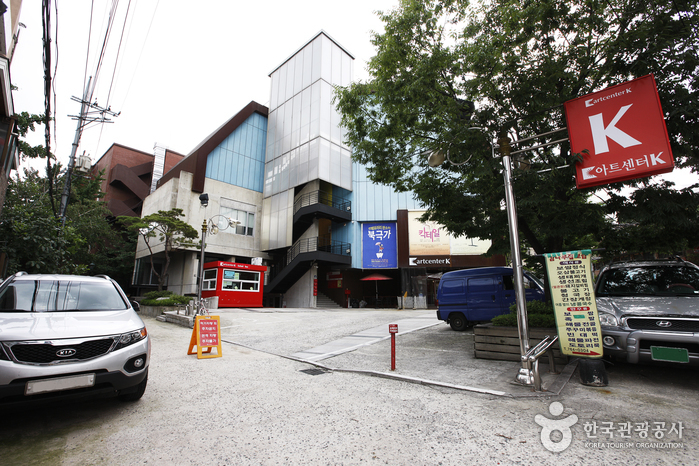
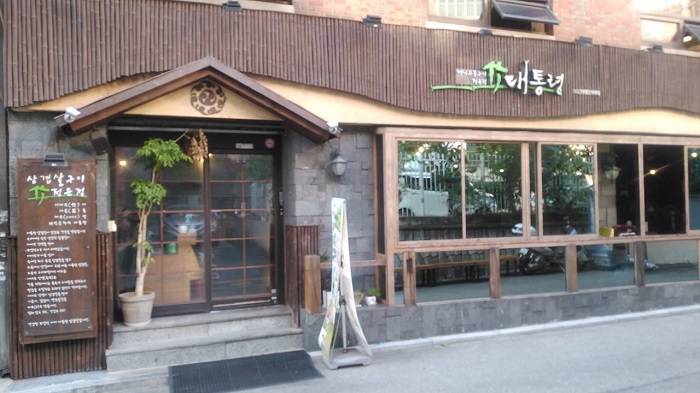
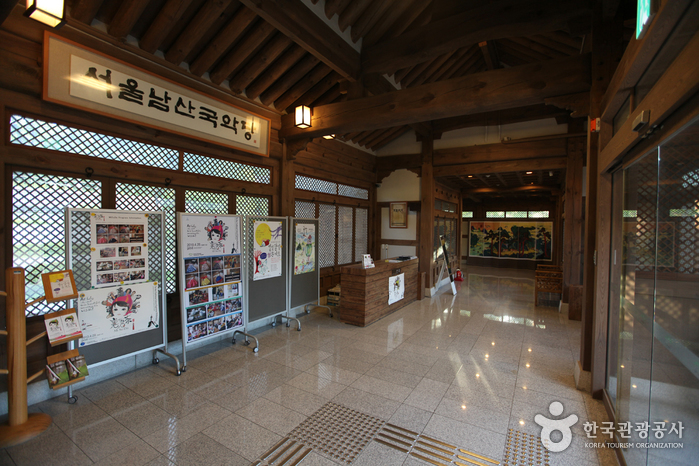
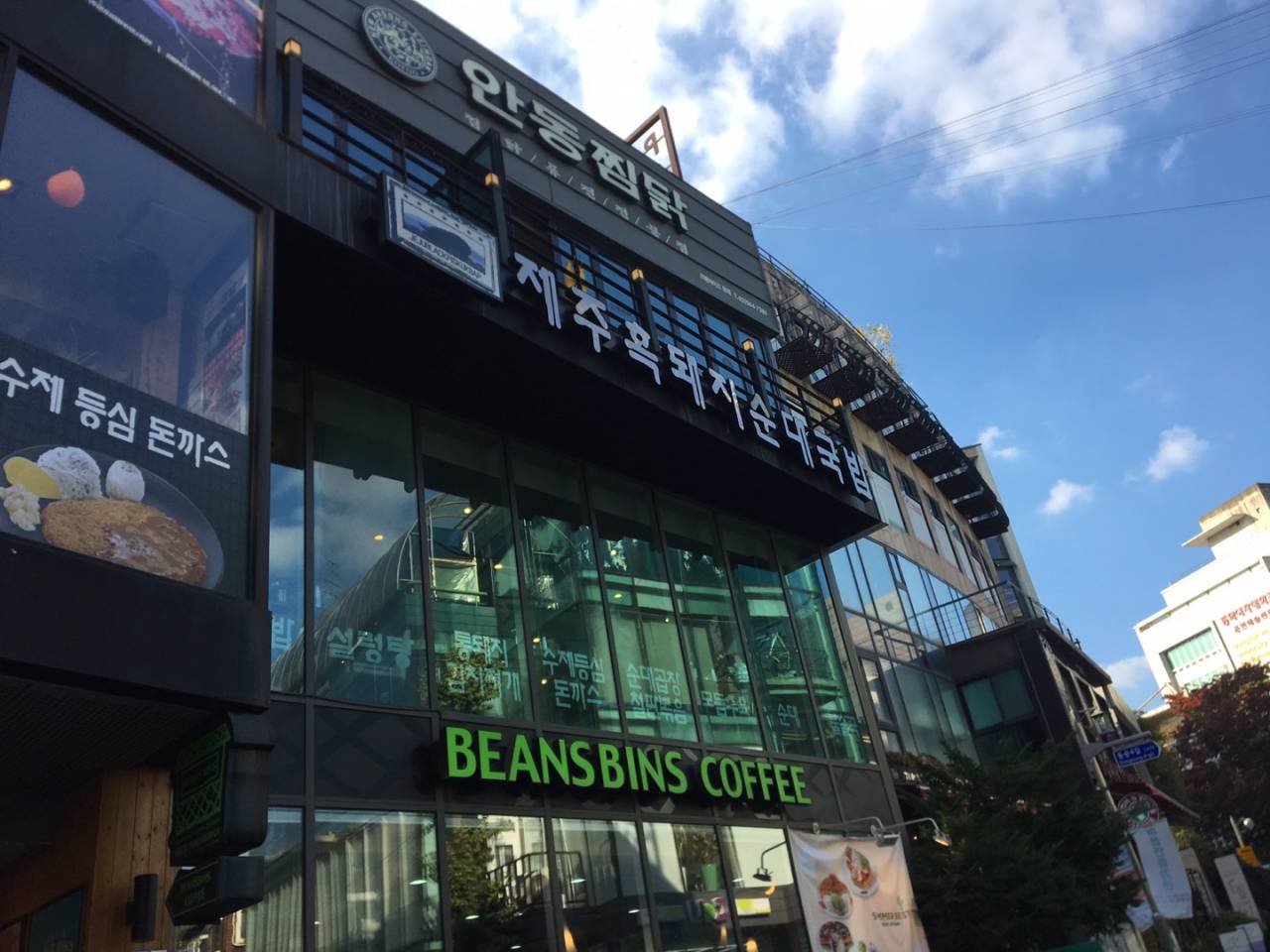

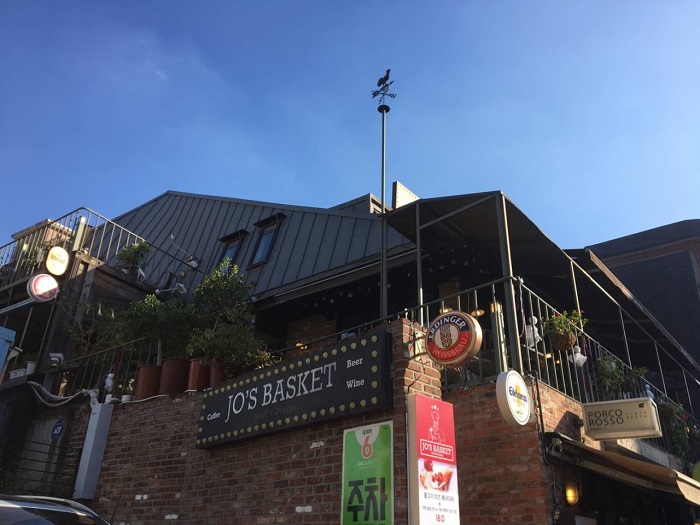
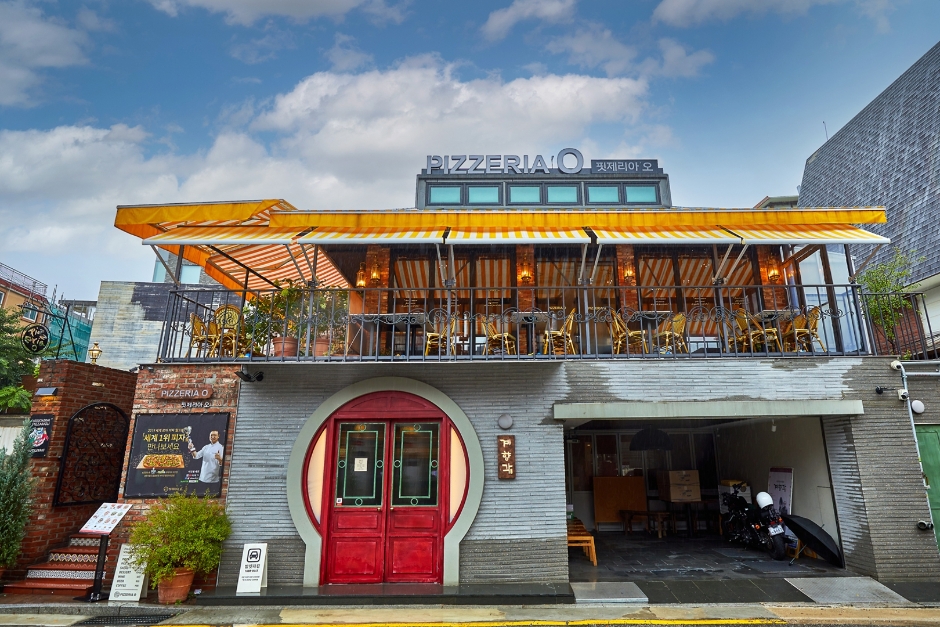
![Thimbloom - Gyeongbokgung Branch (No. 2) [Tax Refund Shop] (팀블룸2호점 경복궁)](http://tong.visitkorea.or.kr/cms/resource/14/2889714_image2_1.jpg)
![Olive Young - CJ CheilJedang Center Branch [Tax Refund Shop] (올리브영 제일제당센터)](http://tong.visitkorea.or.kr/cms/resource/75/2878675_image2_1.jpg)
 English
English
 한국어
한국어 日本語
日本語 中文(简体)
中文(简体) Deutsch
Deutsch Français
Français Español
Español Русский
Русский